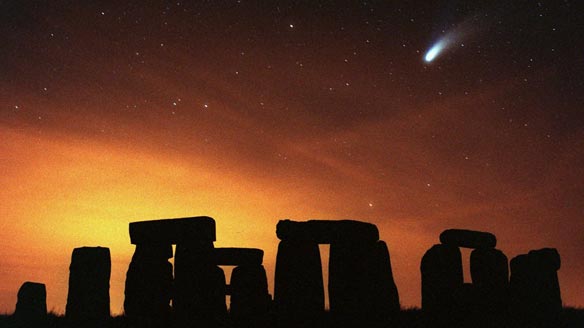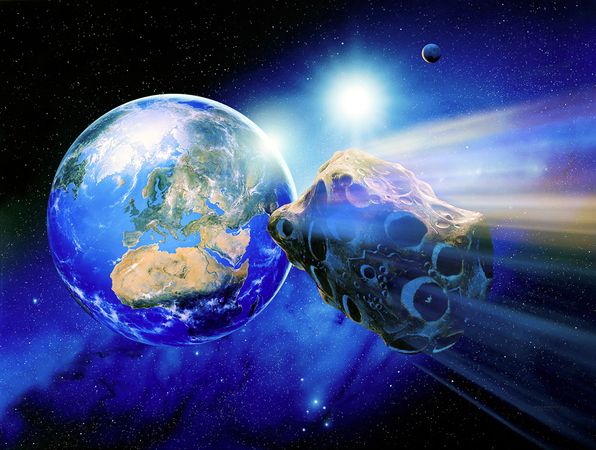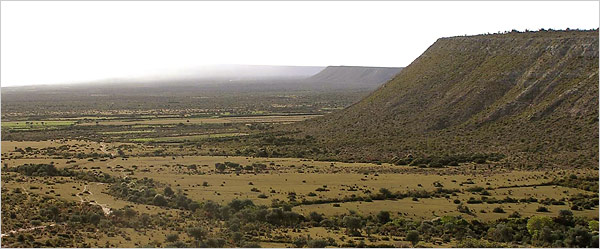Also, some fireballs that travel so "leisurely" may be not be purely 'physical' objects since electrical phenomena also seem to be often transdensity (or transdimensional).
OF THE
TIMES
Prior to the Earth close approach, this object was in a so-called Apollo-class orbit that was mostly outside the Earth's orbit. Following the close approach, the Earth's gravitational attraction modified the object's orbit to an Aten-class orbit where the asteroid spends almost all of its time inside the Earth's orbit.


Session 12 September 1998
Q: (L) On the subject of supernovas; I have discovered that three of the supernovas of antiquity which have be discovered and time estimated by the remnants, if they were not observed, occurred in or near Cassiopeia at very interesting points in history.
A: Yes...
Q: (L) Well, one of these periods in history was around 1054. This is a very interesting time. It just so happens that there are no European records of this supernova which was recorded by the Chinese, Japanese, and perhaps even the Koreans. Yet, there are no European records. What happened to the European records?
A: Europe was in a "recovery mode" at the "time."
Q: (L) Recovery from what?
A: Loss of civilized structure due to overhead cometary explosion in 564 AD.
Q: (C) There were certain historical facts you picked up, so that doesn't make sense to me. (L) On the other hand it might, because there is some stuff from Gregory of Tours that is real bizarre. What effect did this have on the civilized structure? Was it a direct effect in terms of material, or did it have effects on people causing them to behave in an uncivilized and barbaric way?
A: Well, the burning fragmentary shower ignited much of the land areas in what you now refer to as Western Europe. This had the results you can imagine, causing the resulting societal breakdown you now refer to as "The Dark Ages."
Q: (L) Well, it damn sure was dark. There is almost a thousand years that nobody knows anything about!
A: Check Irish or Celtic, and French or Gallic records of the era for clues. There were temporary "islands of survival," lasting just long enough for the written word to eke out.

Comment: Suggested further reading: Comets and Catastrophe Series, beginning here.